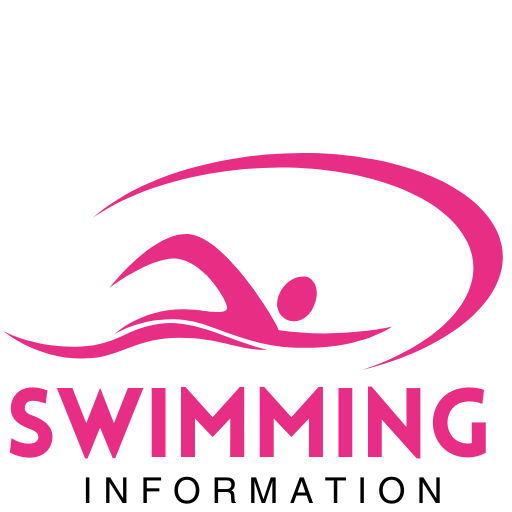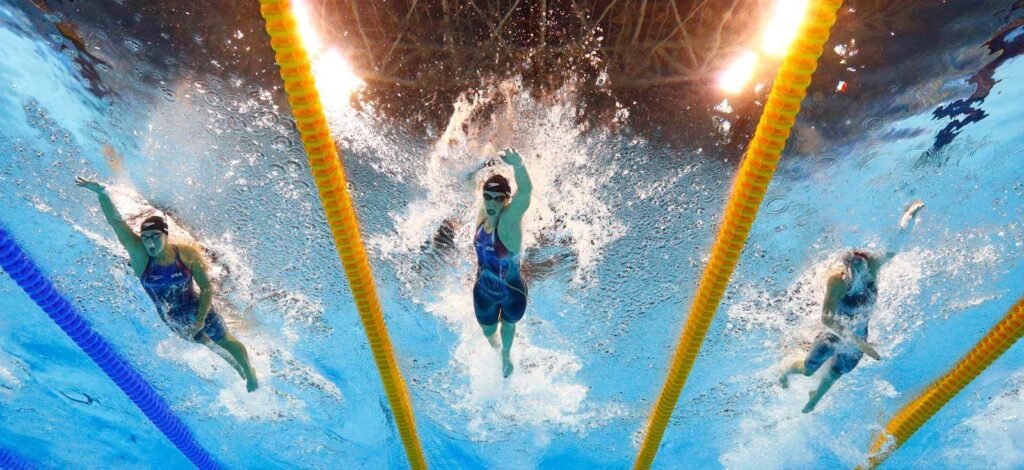As summer approaches, families across the country are seeking productive and enriching ways to engage their children during the warmer months. One opportunity gaining increased attention is competitive swimming-a sport that not only promotes physical fitness but also instills discipline and confidence. This summer, children have the chance to build a strong foundation in competitive swimming through local programs and training camps designed to develop essential skills. Experts say early involvement can set young swimmers on a path toward future success, both in and out of the pool.
Preparing Your Child Physically and Mentally for the Rigors of Competitive Swimming
To thrive in competitive swimming, children need more than just swimming skills-they require a blend of physical endurance and mental resilience. Building a robust physical foundation involves structured swimming practice focused on stamina, strength, and technique, combined with complementary dryland exercises. Activities such as core strengthening, flexibility routines, and plyometric drills can enhance muscle power and injury prevention. Equally important is ensuring proper nutrition and hydration, which fuel long training sessions and support recovery. Without this comprehensive physical preparation, young swimmers might struggle to cope with the demands of intense competitions.
Mental preparation is often overlooked but is just as critical. Developing focus, confidence, and stress management skills equips young athletes to face the pressures of races and rigorous training schedules. Techniques like visualization, goal setting, and breathing exercises can build mental toughness over time. Encouraging a growth mindset helps children embrace challenges and learn from setbacks rather than becoming discouraged. Below is a quick guide to the key areas for mental and physical readiness:
| Preparation Area | Key Focus | Benefits |
|---|---|---|
| Physical Training | Endurance & Strength | Improved performance & injury prevention |
| Mental Conditioning | Focus & Stress Control | Enhanced race-day confidence |
| Nutrition | Balanced diet & Hydration | Optimal energy & recovery |
| Goal Setting | Short & Long-term Targets | Motivation & progress tracking |
Choosing the Right Training Environment and Coaching to Maximize Summer Progress
Finding the perfect training setting is crucial to unlocking your child’s potential during summer swim training. A balanced environment where safety, motivation, and skill development intersect creates the foundation for lasting success. Look for facilities that offer access to heated pools, adjustable lane assignments, and specialized equipment tailored for young swimmers. Equally important is a supportive atmosphere, where peers and instructors foster camaraderie without the pressure of competition. This blend encourages consistent attendance and gradual skill mastery, setting a strong cornerstone for competitive swimming careers.
Choosing knowledgeable coaches who understand youth development is just as vital. Experienced coaches not only teach technique but also instill work ethic and resilience. When evaluating coaching options, consider these factors:
- Certification and Experience: Coaches should hold credentials from recognized swimming bodies and have a track record with youth swimmers.
- Individualized Attention: Smaller group sizes or one-on-one sessions enhance personalized feedback.
- Positive Reinforcement: Coaching style should build confidence and encourage steady progress.
| Training Environment | Key Features | Benefits |
|---|---|---|
| Community Pools | Affordable, accessible, social | Builds love for the sport in a relaxed setting |
| Competitive Swim Clubs | Structured workouts, specialized coaches | Prepares swimmers for advanced competition |
| Private Coaching | Tailored plans, flexible scheduling | Accelerates improvements with focused guidance |
Incorporating Nutrition and Recovery Practices to Support Young Swimmers’ Development
Optimal nutrition serves as the backbone for young swimmers striving to enhance their performance and sustain their energy during intense training sessions. Emphasizing a balance of macronutrients-carbohydrates for fuel, proteins for muscle repair, and healthy fats for overall well-being-ensures that their bodies can recover efficiently. Hydration cannot be overlooked; maintaining fluid levels before, during, and after swim practice significantly impacts endurance and concentration in the pool.
Beyond diet, structured recovery routines play a pivotal role in preventing injury and promoting growth. Techniques such as:
- Dynamic stretching paired with foam rolling
- Consistent sleep patterns tailored to age-related needs
- Scheduled rest days integrated into weekly training
collectively support muscular repair and mental rejuvenation. The following table highlights a sample daily nutrition and recovery schedule that balances the needs of rising swim champions.
| Time | Nutrition Focus | Recovery Activity |
|---|---|---|
| 7:00 AM | Whole grain oatmeal + fruit | Morning stretches + hydration |
| 11:30 AM | Lean protein sandwich + veggies | Foam rolling post-swim session |
| 3:00 PM | Hydrating smoothie with nuts | Brief nap or relaxation |
| 7:00 PM | Grilled fish, quinoa, steamed greens | Evening light stretching + quality sleep |
The Conclusion
As summer unfolds, the opportunity for children to develop essential skills for competitive swimming is more accessible than ever. By engaging in structured training programs, gaining consistent practice, and fostering a supportive environment, young swimmers can lay a strong foundation that prepares them for future success in the sport. Parents and guardians are encouraged to explore local swim clubs and community resources to ensure their child benefits fully from this pivotal season. With dedication and the right guidance, this summer could mark the beginning of a rewarding competitive swimming journey.





